
In Step-by-Step Cookery Madhur Jaffrey celebrates the food not just of her native India but of southern Asia as a whole—Korea, Japan, Hong Kong, the Philippines, Vietnam, Thailand, Malaysia and Indonesia. This vast area ranges in climate from temperate to tropical, even equatorial, and even Madhur Jaffrey could only hope to skim the surface and all in 270-odd pages. However, there is a theme running through these invariably well-chosen and delicious recipes, which is that of a healthy emphasis on grains. Rice and wheat, in the form of noodles, steamed buns and breads or pancakes, predominate as the staple. As the title indicates, this is also a tutorial in the cooking methods and ingredients of the East, and a very thorough and approachable one it is. Madhur Jaffrey seems to have been everywhere and eaten everything, as a good cookery writer should, and she has a vast repertoire of techniques and individual dishes at her disposal. Her explanations are clear and the many photographs ensure that everything is easily followed. The scents of chilli, garlic, ginger and soy seem to rise off the page, along with dozens of other fragrances. A few examples, to show just how tempting this collection is: Squid in Chilli and Garlic Sauce (Malaysia); Hot and Sour Prawn Soup (Thailand——"one of the world's greatest soups"); Lamb with Spring Onions (Hong Kong); Aromatic and Spicy Beef Stew (Vietnam); Pears Poached in a Saffron and Cardamom Syrup (India). —Robin Davidson 
It's about time: Mac OS X for Unix Geeks arrives on the scene none too soon for UNIX aficionados who, having heard that the latest editions of Mac OS are based on a UNIX variant, want to see how the platform compares to more venerable versions of the eminently configurable operating system. This book highlights some key differences between the Darwin environment and more conventional UNIXs, enabling people with UNIX experience to take advantage of it as they learn the Mac OS X way of doing things at the command line. 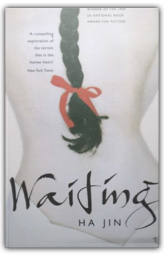
"Every summer Lin Kong returned to Goose Village to divorce his wife, Shuyu." Like a fairy tale, Ha Jin's masterful novel of love and politics begins with a formula—and like a fairy tale, Waiting uses its slight, deceptively simple framework to encompass a wide range of truths about the human heart. Lin Kong is a Chinese army doctor trapped in an arranged marriage that embarrasses and repels him (Shuyu has country ways, a withered face, and most humiliating of all, bound feet. Nevertheless, he's content with his tidy military life, at least until he falls in love with Manna, a nurse at his hospital. Regulations forbid an army officer to divorce without his wife's consent—until 18 years have passed, that is, after which he is free to marry again. So, year after year Lin asks his wife for his freedom and year after year he returns from the provincial courthouse: still married, still unable to consummate his relationship with Manna. Nothing feeds love like obstacles placed in its way—right? But Jin's novel answers the question of what might have happened to Romeo and Juliet had their romance been stretched out for several decades. In the initial confusion of his chaste love affair, Lin longs for the peace and quiet of his "old rut". Then, killing time becomes its own kind of rut and in the end, he is forced to conclude that he "waited 18 years just for the sake of waiting". 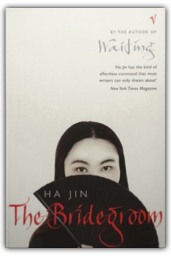
In The Bridegroom, a vibrant collection of 12 stories, Ha Jin returns to Muji City, post-Cultural Revolution, where the confusions and excitements of transitions great and small spark off unpredictable consequences. These upheavals are seen through the toings and froings of everyday men and women, arrested on trumped-up charges, applying for larger apartments, waiting to see an old flame, trying to lure a husband and daughter to New York. Sharp comeuppances and the little cruelties on which the world turns—folks made fools of by fate or by other folk—emerge from writing that is deceptively unadorned, unsentimental, as forthright as his wonderfully delineated characters. What marks out these stories is Ha Jin's quiet, sly humour and an unemphatic, but compassionate sense of the absurd. 
Every saga has a beginning. Every journey has a first step...And so it is with the magical "Worlds of Chrestomanci" which English fantasy author Diana Wynne Jones began so many years ago with her own episode one—Charmed Life. 
In books by fantasy author Diana Wynne Jones, nothing is ever as it seems. And so it is with one of her finest creations——"The Worlds of Chrestomanci". 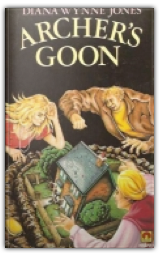
The trouble started when Howard came home from school and found the Goon sitting in the kitchen and preventing Fifi from making the tea. As Howard desperately attempts to unravel the mystery, he discovers a ruthless plot to take over the world. The book was nominated for a 1985 World Fantasy Award. 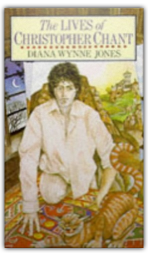
Think of a world, almost like our own but a little more genteel and old-fashioned, where magic and witchcraft is as common as mathematics—but just as dangerous in the wrong hands. In The Lives of Christopher Chant—the fourth book in her Worlds of Chrestomanci series—Diana Wynne Jones succeeds in creating a vision of England close to our expectations of what should be, but subtly different enough to excite our interest and draw us into a strange new world of incredible reality and possibilities. 
"There are thousands of worlds, all different from ours," says Diana Wynne Jones in the introduction to this collection of four short stories featuring her most famous creation. "Chrestomanci's world is the one next door to us, and the difference is that magic is as common as music is with us." And to the enormous relief of her legion of fans, the author has finally returned to that world again with a brand new story featuring her nine-lived enchanter Chrestomanci, the star of four previous full-length novels: Charmed Life, The Magicians of Caprona,Witch Week and The Lives of Christopher Chant. "The Stealer of Souls" combines the inhabitants of Chrestomanci Castle during Charmed Life and one of the young characters from The Magicians of Caprona to great effect, creating a tale with all the usual suspects—original fantasy, spooky humour, substantial characters and a dastardly plot to ruin Chrestomanci and take over the worlds. It's vintage Dianna Wynne Jones. 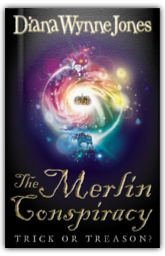
Master fantasist Diana Wynne Jones, author of the Chrestomanci books, scores another winner in The Merlin Conspiracy. This absorbing tale of magic and courtly intrigue is told in two voices. In the world called Islands of the Blest, Roddy is a young page who has grown up travelling with her family in the King's Progress, a constant journey around the kingdom. Just after she and her younger friend Grundo spot a growing conspiracy to overthrow the King and change the balance of magic, they are whisked away to visit Roddy's grim and silent grandfather; when they return the Progress has moved on without them. Meanwhile in another world, Nick Mallory, 14, blunders into a dreamlike adventure that leads him to the powerful wizard Romanov and involves him in Roddy's mission to save the worlds from the upset planned by the conspiracy. 
Apart from the occasional short story, Diana Wynne Jones' fans have been starved of her most famous creation, the dressing-gown wearing magician Christopher Chant—star of all her Chrestomanci novels—for nearly twenty years. It's been far too long! J.K. Rowling was knee-high to a grasshopper when the first book in this sequence, Charmed Life, hit the shelves in 1977 and, although this hugely talented fantasy author has gone on to create a myriad of other imagined and fantastically crazy worlds, it is her books featuring the world-hopping Chrestomanci that have remained her most appreciated and popular tomes. 
Bold As Love is technically a science fiction novel, set as it is in a near future of political collapse and technological development, and yet it sprawls over the border between SF and fantasy. Ax is a rock musician conscripted by the government of post-Union England to consider the future and co-opt the counter-culture. He stays on to run things when the disgusting character, Pigsty, massacres his way to power, and Ax gradually becomes the much-loved centre of power and policy. Part of what keeps him ahead of events is a brain implant with all the information a benevolent despot might need; part is his fey lover Fiorinda and his best friend Sage, who is in love with Fiorinda and not sure of his exact feelings for Ax. These three are almost a latter-day Arthur, Guinevere and Lancelot... a fact that does not bode well for the second volume. |
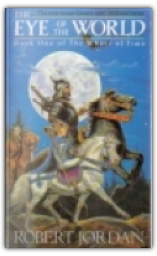
The Eye of the World and its sequels in Robert Jordan's Wheel of Time series show the extent to which one can go with a traditional fantasy framework, with added gusto. Stock elements are abound: a reluctant hero—in fact five humble village folk—plucked from wholesome obscurity to fight dark powers; an eternal evil enemy who can be defeated but not destroyed, until the end of the world, which is fast approaching; a mysterious sisterhood with vast powers and who love to manipulate thrones and kingdoms from the shadows (think of the Bene Gesserit of the Dune series); a ferocious battle-hardened warrior race (echoes of the Fremen of Dune, or the Haruchai of the Thomas Covenant novels). 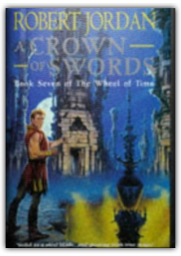
Robert Jordan has created a rich and intricate tapestry of characters in his Wheel of Time series. In this seventh volume, Rand al'Thor—the Dragon Reborn—draws ever closer to the Last Battle as a stifling heat grips the world. 
Belle de Jour is the nom de plume of a high-class call girl working in London.This is her story. From debating the literary merits of the works of Martin Amis with naked clients, entering a hotel with two whips strapped to the lining of her coat, and juggling her love-life with her professional one, Belle's no-holds-barred account of her experiences as a prostitute is frank, funny and completely compelling. Since the summer of 2003, Belle's award-winning website has charted her day-to-day adventures on and off the field. In it, she has confessed her triumphs and disasters in the world of dating, introduced readers to her friends N and 'the four As' and chronicled the ins and outs of her working life. Now she elaborates on those diary entries, revealing how she became a working girl, what it feels like to do it for money - and why she can recommend it - and where to buy the best knickers for the job. Sometimes shocking, often hilarious, always thought-provoking, the 'Intimate Adventures' is the story of a 21st-century Moll Flanders, giving us an illuminating glimpse behind the scenes of the high-class sex-trade, and an insight into the secret life of an extraordinary, ordinary woman. 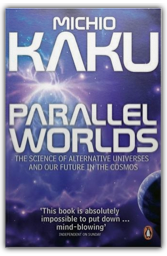
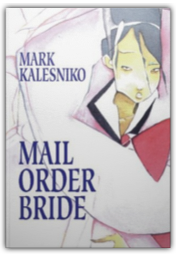
A powerful graphic novel about race, identity, stereotypes and love, nominated for "Best Graphic Novel" in the 2002 Firecracker Book Awards and nominated for Harvey and Eisner Comic Industry Awards. This adept look at life after a Korean mail order bride arrives to meet her Canadian husband defies anyone who has an opinion (but no experience) regarding the little-understood world of mail order marriages. Monty Wheeler, a pathetic, emasculated, 39-year-old virgin struggling with his own societal demons, expects Kyung Seo to fulfill his female Asian fantasy stereotype: domestic, obedient, hardworking and loyal. But Kyung, tall and accent-less, is much more human that Monty is ready to accept. Kyung soon finds, in addition to predictable dissatisfaction with her husband's inane expectations, outspoken inspiration in Eve Wong, a western-born Asian woman. Could Eve be Kyung's ticket to rebellious self-fulfillment, or do her actions not always ring true? 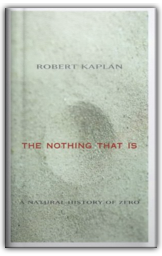
On the face of it, the chances of a book about zero offering mind-stretching entertainment would seem to be about, well, zero. But in The Nothing That Is, Harvard University mathematician Robert Kaplan shows that there's a lot more to zero than meets the eye. 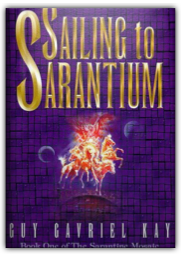
Guy Gavriel Kay's fantasy career began with "The Fionavar Tapestry", a popular trilogy mixing Arthurian and Tolkienian themes. He's since developed an original vein of alternate- historical fiction; richly suspenseful stories whose period settings have different country names and added magic. The Lions of Al- Rassan reinvented medieval Spain; Sailing to Sarantium lovingly reflects the intrigue and splendour of the Byzantine Empire, and echoes W.B. Yeats's famous Byzantium poems. Magic exists: at least one old god is horribly real, and those artificial singing birds celebrated by Yeats take their life from an unexpected, creepy source. Sarantium City is intensely imagined, with dynastic upheavals, riot and rebellion, a smashing chariot race, and knives glinting in every alley. There's sharp intelligence here, too. The hero, an outlander mosaic expert summoned to decorate Sarantium's newest and greatest dome, faces his worst test at the Emperor's court—where mechanical trickery lurks, conversation is double-edged, exile awaits the loser in a debate on mosaic techniques, and there's a Sherlockian challenge to deduce how the top charioteer pulled off a magical-seeming coup. Kay has laid fine groundwork for this new series "The Sarantine Mosaic", with more to follow. —David Langford 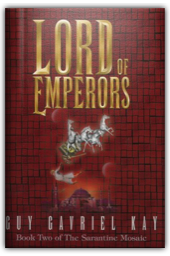
Guy Gavriel Kay's tales of kingdoms and empires that never quite were blend real history with an economic use of magic; blink and you would almost miss the interventions of the supernatural. Lord of Emperorsis the second half of his The Sarantium Mosaic, a full-blooded and passionate epic of Byzantine intrigue and artistic commitment. All of his characters are in the great city of Sarantium now—Crispin, the great mosaicist, Gisel, the exiled queen of the barbarian kingdom of the West and Rustem, the brilliant young doctor and unwilling spy. Emperor Valerius and his wife Alixena have plans for their world—they are summoning troops from all directions—and plans for their city. Crispin is working on the dome of the great temple; and yet time and chance, those rulers that lie beyond all emperors, will ultimately dispose of all plans and all planners. Kay is as good on the manners of charioteers—there is a particularly fine chariot race here—as he is on the double-crossings of generals and imperial secretaries. This is a rich complex fantasy with a real sense of how its world works. —Roz Kaveney 
Fergal Keane's incisive television reporting, rightly ranking him as a distinguished foreign correspondent, hones his trademark short, sharp sentences that have penetrated the surface of events and circumstance around the world upon Britain in this, his latest venture, based upon a BBC series. He is a wonderful observer, offering not an overview but an underview of the state of the nation. Writing with a controlled passion, he treads the byways rather than highways, giving voice to marginalised men and women whose stoicism somehow sustains them as they stand stranded on the sidelines of the meritocracy march. Whether it is Glasgow shipyard workers fighting to save their jobs, farming communities in North Wales and Devon struggling to survive, or the dispossessed and degraded on a Leeds estate downtrodden by social depravation, Keane brings his integrity and warm humanity to the telling of unsung heroics and courage against the unfriendly forces of economics and environment. When his objectivity is allowed to slip by recalling his own childhood experiences around Dublin—he has chapters on Catholics and Protestants in a town in Ulster subverting entrenched sectarianism-it is not out of a personal sentimentality but a felt need to comprehend (for himself and therefore his readers) the pain and pride he encounters on his journey. Keane is no idealist, he carries no ideological baggage, but the incurable optimist in him believes that more should and could be done. —Michael Hatfield 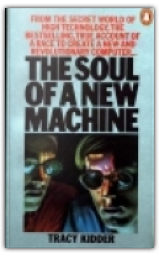
The computer revolution brought with it new methods of getting work done—just look at today's news for reports of hard-driven, highly motivated young men and women developing software and online commerce who sacrifice evenings and weekends to meet impossible deadlines. Tracy Kidder got a preview of this world in the late 1970s when he observed the engineers of Data General design and build a new 32-bit minicomputer in just one year. His thoughtful, prescient book, The Soul of a New Machine, tells us stories of 35-year-old "veteran" engineers hiring new college graduates and encouraging them to work harder and faster on complex and difficult projects, exploiting the youngsters' ignorance of normal scheduling yet engendering a new kind of work ethic. 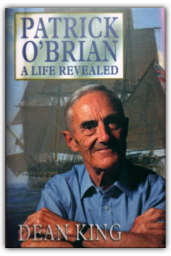
It is a story as fascinating as anything in one of Patrick O'Brian's much-acclaimed nautical adventures. Who was the man himself? Those who have avidly consumed such superb novels as Master and Commander and Treason's Harbour will find Dean King's Patrick O'Brian: A Life Revealed not only an authoritative guide to his work, but a tale of intrigue quite as beguiling as anything in the master's oeuvre. Initially commissioned as a modern-day successor to CS Forester (with a brief to inaugurate a series to rival the Hornblower books), O'Brian's chronicles of the Royal Navy during the Napoleonic Wars steadily grew into a saga far richer and more ambitious than its inspiration, and the author became a source of intense interest. O'Brian, though, was highly secretive (his editor warned "Patrick will make you feel odious and wormlike if you look into his private life"), and the terse version of his CV that he produced for public consumption intrigued King (an established authority on nautical literature and history, as well as on O'Brian himself), and he began to dig beneath the carefully constructed public persona. What he found went far beyond such discoveries as the fact that O'Brian was not Irish (as most readers believed) and that his career had taken a considerably different trajectory from that he had presented his interviewers with. And just how much of the author was in his heroes? |

Mike Scott
Collection Total:
4227 Items
4227 Items
Last Updated:
Feb 21, 2010
Feb 21, 2010
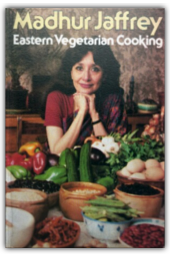

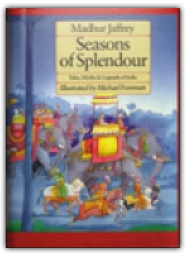
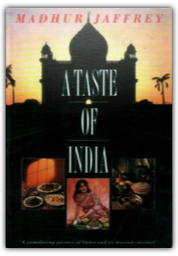
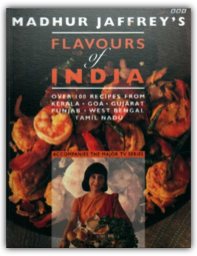
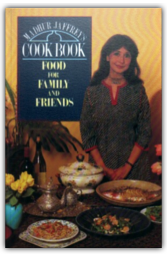
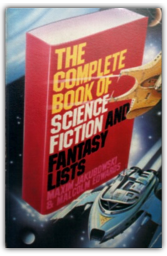
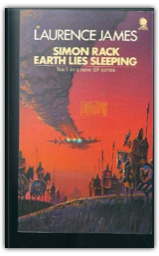
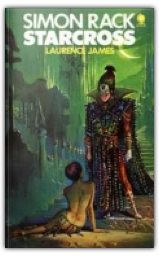
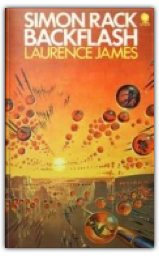


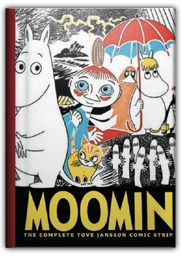
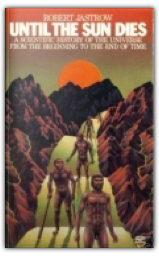
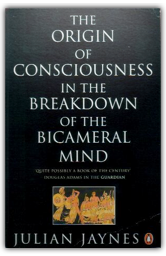
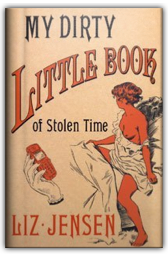


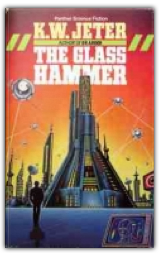


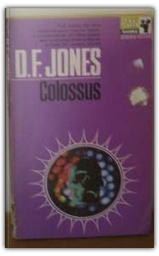
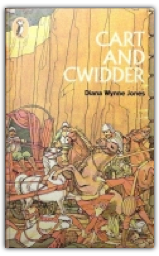
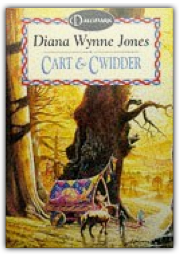
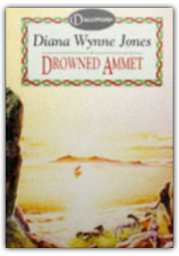


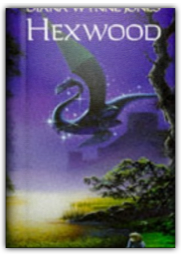
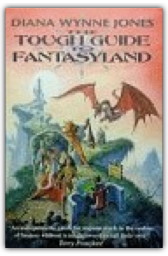


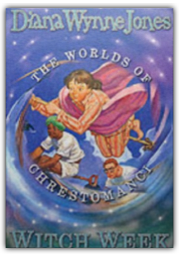
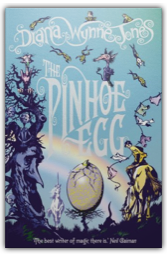
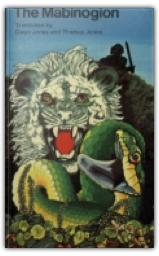
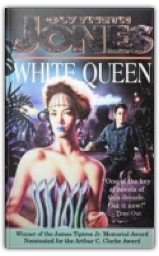
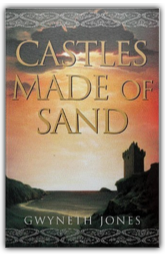
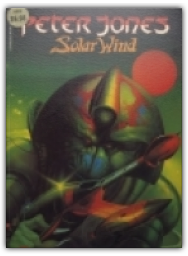

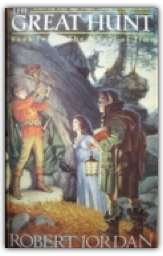
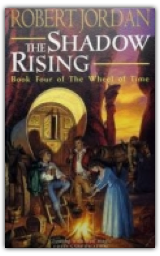
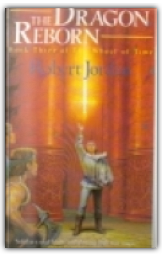
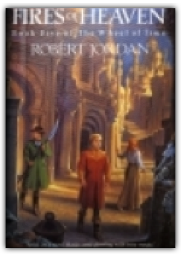
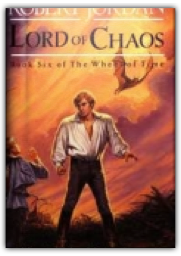
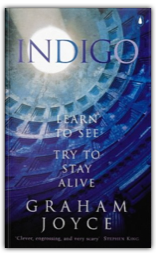
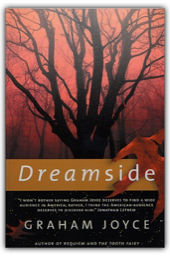
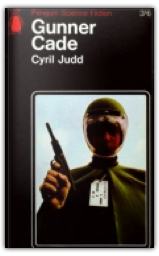
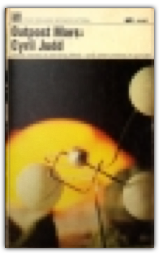
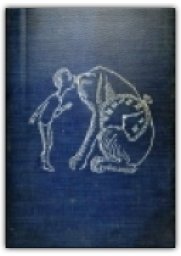
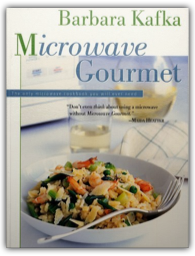

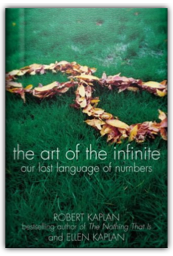
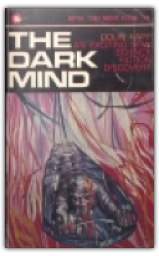
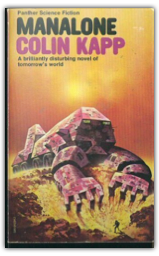

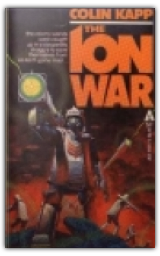
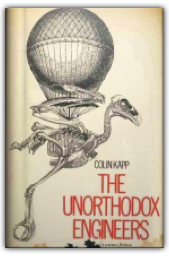
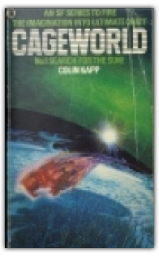
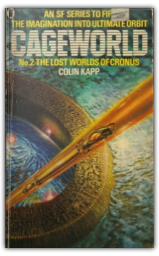

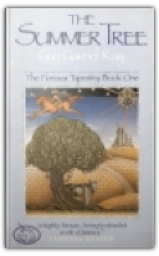
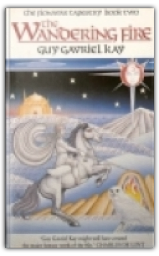
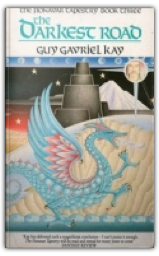

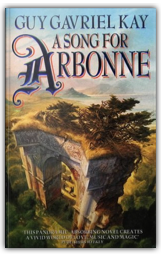
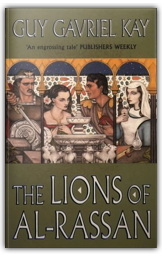
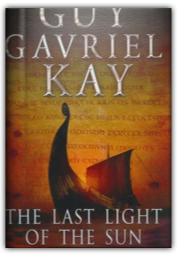
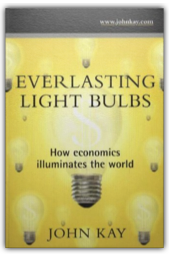

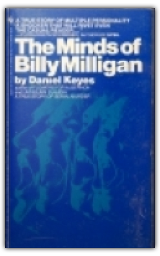
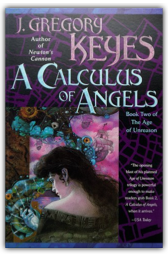
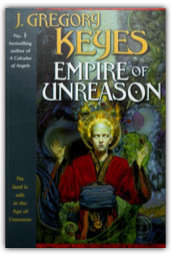
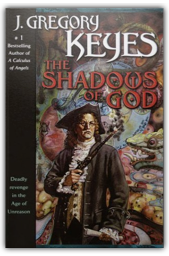
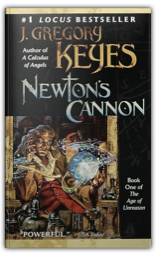
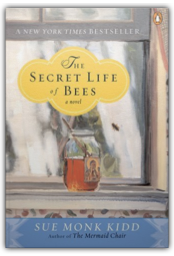
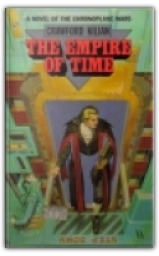
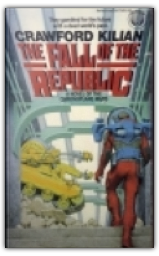
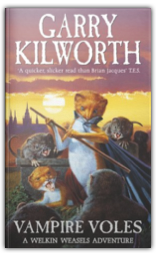
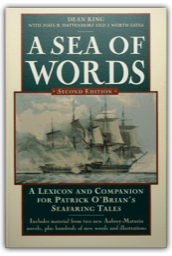
 Made with Delicious Library
Made with Delicious Library